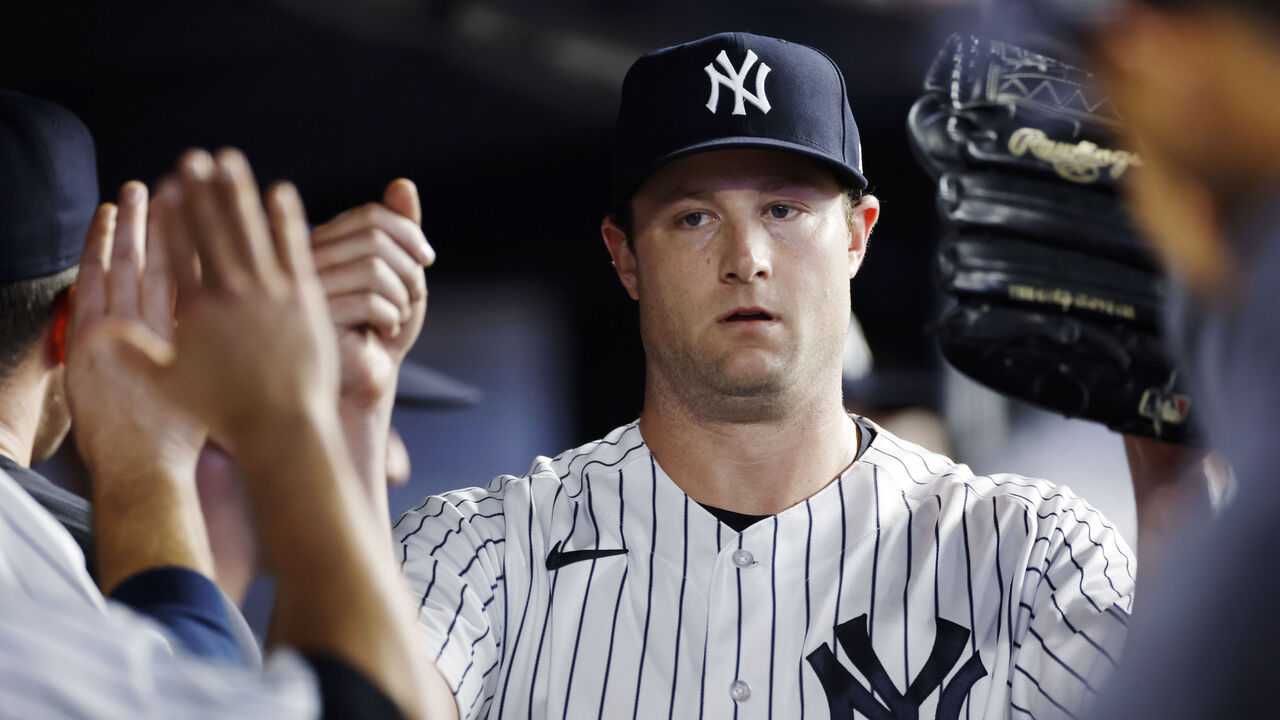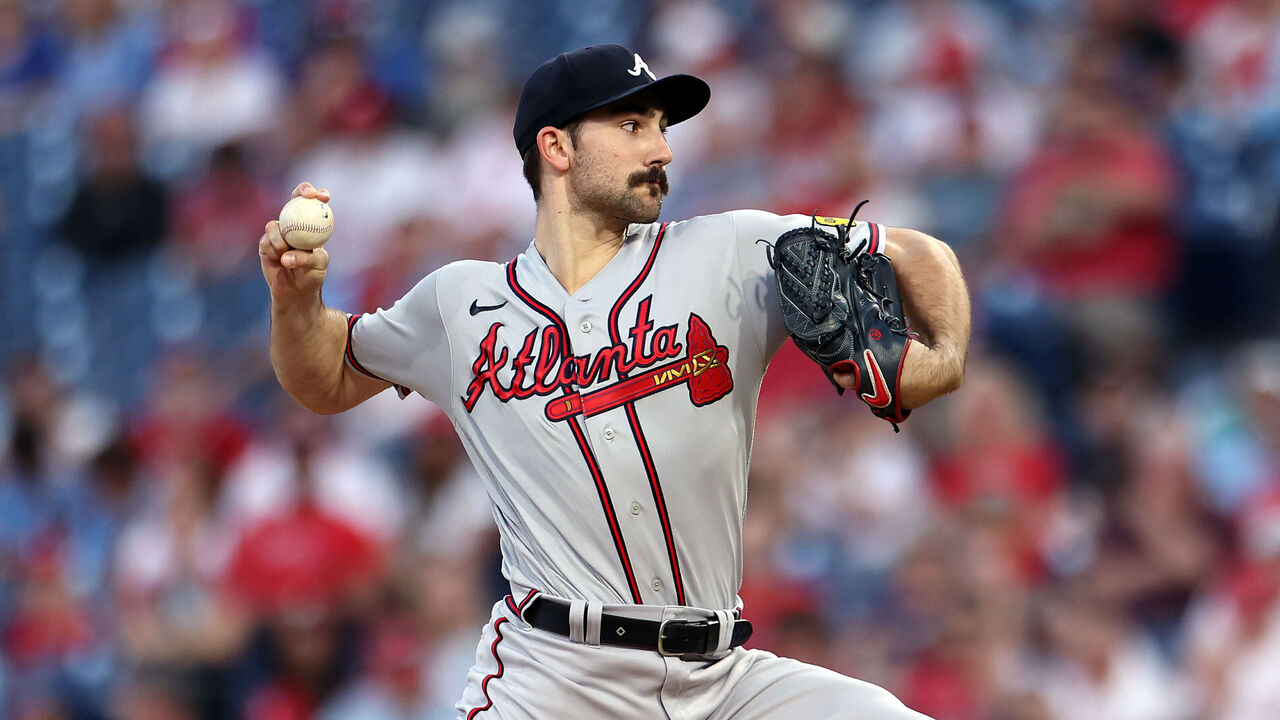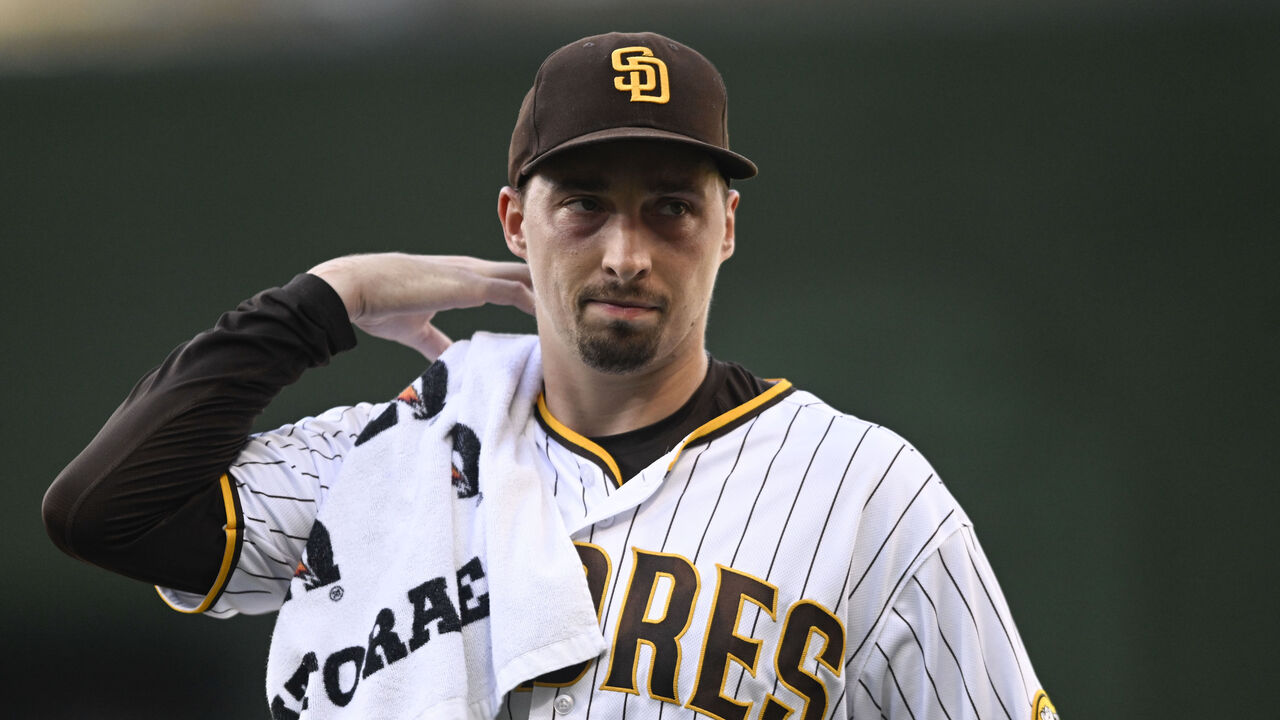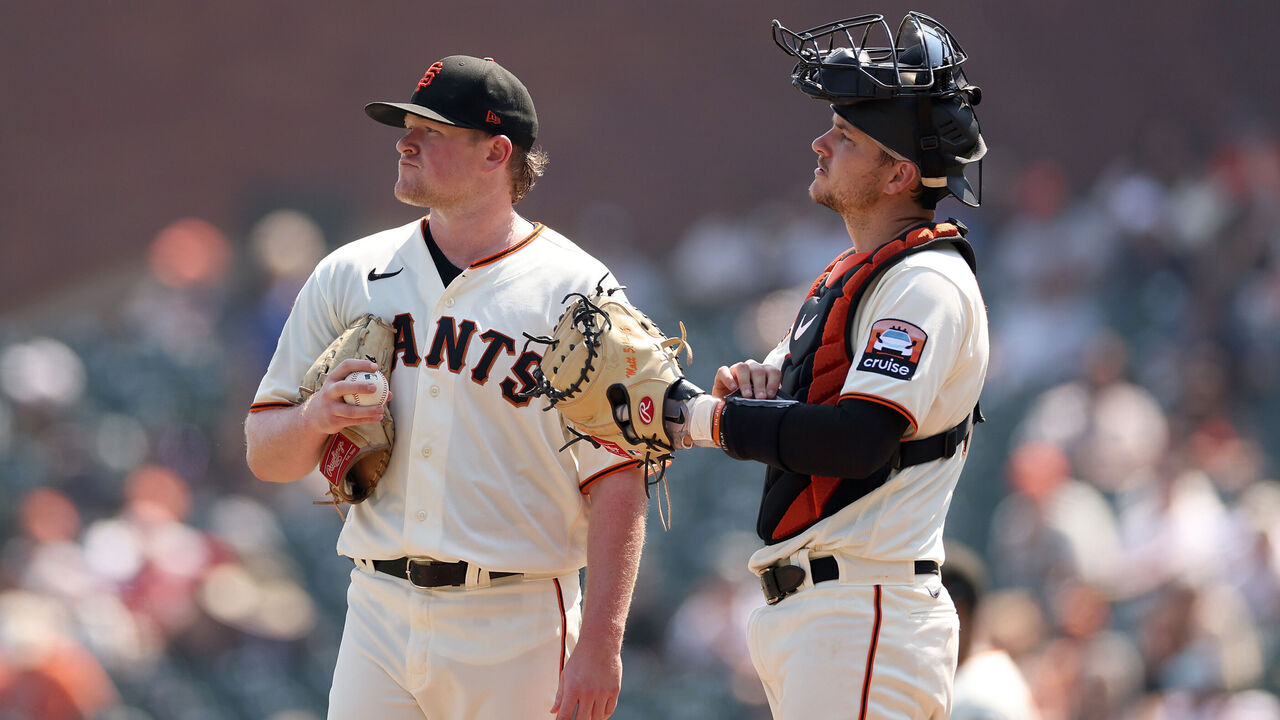Award voting should be relatively simple at the surface level: Who was the best player under the given criteria?
But, as we know, award debates in baseball can get complicated. The Baseball Writers’ Association of America members selected to vote on the awards have different criteria and biases. A player’s performance can be difficult to separate from his teammates’, and some believe overall team performance ought to be a consideration. Some years have clear-cut candidates, and in other seasons, the fields are more muddled.
While the Padres’ Blake Snell and the Yankees’ Gerrit Cole are the respective NL and AL Cy Young Award favorites among both pundits and betting markets, neither pitcher is authoring a peak Pedro Martinez or Randy Johnson-like season this year – dominant campaigns in which it’s overwhelmingly clear who the most outstanding candidate in a league is.
Cy Young voting is also generally more complicated than, say, MVP voting because pitching performance is influenced by environment: the quality of the defenders behind them, their batterymates behind the plate, the size of their home ballpark, and the quality of the offense supporting them.

It can be difficult to get a majority of humans to agree on anything, and this year, even the math formulas don’t agree. Baseball Reference’s WAR shows that Snell and Cole are the most valuable pitchers this year in their respective leagues, while FanGraphs’ WAR leaders are the Phillies’ Zack Wheeler and the Blue Jays’ Kevin Gausman. (The differing formulas behind the competing metrics can be confounding for many fans.)
At theScore, features editor Guy Spurrier uses a pitcher ranking system that employs the same formula as Game Score but is measured over the entire season (and eliminates the 40-point per-game base score). By this ranking, Logan Webb is the top-ranked pitcher in the NL through play Thursday, and Cole ranks No. 1 in the AL.
How voters ultimately rank players comes down to a few questions: How do they value what happened (runs allowed and win-loss record) against what was largely within a pitcher’s control (strikeouts and walks) and what was not (almost everything else)? How do they weigh volume (innings) against efficiency (ERA, WHIP, etc.)? Do voters try to dip a toe into ballpark size and quality of competition?
Let’s break down the considerations.
National League
The NL Cy Young race is particularly interesting. For those who believe pitchers should be judged upon what they control, then voting is really about three things: strikeouts, walks, and, to some extent, the ability to consume innings.

The standout there is the Braves’ Spencer Strider, not Snell. Strider leads the majors in strikeouts (274) and strikeout percentage among starting pitchers (37.1%), and he blows away the field in K-BB% rate (29.7%). Strider also checks a traditional box as he leads the majors in wins (19).
The problem: His ERA is 3.81, which is 12th among qualified starters.
The highest ERA for a Cy Young winner was ??LaMarr Hoyt’s 3.66 mark with the 1983 White Sox. His 115 ERA+ was no matter for voters who were dazzled by his league-leading 24 wins.
But in this era, Strider’s ERA weighs on his candidacy. A handful of rough outings over the summer conspired to elevate his ERA, which was below 3.00 through his first 12 starts.
For those who are more interested in projecting performance, honing in on pure ability, Strider’s stuff – his ability to miss bats, with 274 strikeouts, or 40 more than Snell – would likely make most clubs value him as the top pitcher to roster going into October and beyond.
The question is how much he should be punished for a strand rate that is lower than the league average (70% versus 72%) and more batted balls falling in for hits (.312 BABIP) than the league average (.295). He might have suffered from some bad luck, but those runs still did score.
While ERA is not the best reflection of true talent or a great tool for predicting performance, it can be argued convincingly that award voting is more about what did happen, not what should have happened.
Enter Snell.
He leads the NL in ERA (2.25). He’s allowed 35 fewer runs in one fewer inning than Strider, or about 1.1 runs per start, despite the fact he’s struck out fewer and walked more. (San Diego’s defense ranks sixth by defensive runs saved; Atlanta’s ranks 14th). Snell hasn’t allowed three or more runs in a start since May 19. Recency bias might play a role with voters, too, such as his paltry two runs allowed in 31 innings over five September starts.

The reason Snell leads Strider in Baseball Reference’s WAR (6.1 to 3.3) is that it employs runs allowed above average per nine innings in its formula and attempts to adjust for team defense. FanGraphs’ WAR (where Strider is at 5.4 and Snell at 4.1) employs fielding independent pitching (FIP), which is concerned more with what falls under a pitcher’s direct control (strikeouts, walks, and home runs).
One could argue that Baseball Reference’s WAR is superior for evaluating what did happen, but FanGraphs’ WAR gets closer to a pitcher’s true talent.
Snell and Strider are very different candidates, yet there are others who could lay a claim to the award. Wheeler leads the majors with a 5.9 fWAR. There’s also the volume play, the quality-innings eater: the Giants’ Webb.
Webb (657 points) is gScore’s top-ranked NL arm, Snell is second at 655 points, and Strider is third at 596.
gScore really values the overall volume of work. Webb’s thrown a lot of innings at 216, tops in the majors. That’s 35 more than Strider and 36 more than Snell. Webb’s ERA, FIP, and fWAR fall between those two. While his strikeouts are far lower, he’s issued fewer walks per nine innings. Perhaps his workload, and its benefits in terms of resting bullpens and avoiding suspect middle relievers, ought to be valued more.
Webb did pitch in the most favorable home ballpark but also pitched in front of the poorest-rated defense by defensive runs saved. The Giants stand at minus-18 DRS, though rookie catcher Patrick Bailey has graded as an elite defender.

Wheeler, the Cubs’ Justin Steele, and the Diamondbacks’ Zac Gallen have also enjoyed excellent seasons worthy of consideration, though none rank in the top two spots in fWAR, rWAR, or gScore.
American League
There is perhaps less room for debate in the AL, where Cole has pulled away from the pack according to bWAR, gScore, and the sports betting odds markets.
Cole leads the AL in ERA (2.63) and innings (209), and he’s first in bWAR (7.5) and gScore (754). In recent years, as starters throw fewer innings overall, any gScore over 700 is considered excellent. For context, Jacob deGrom’s gScore was 971 in 2018 when he threw 217 innings with a 1.70 ERA. Clayton Kershaw had a gScore of 1,011 in 2015 (and he lost the award to Jake Arrieta, whose score was 998).
Baseball Reference’s run-based WAR method has Cole well ahead of second-ranked Sonny Gray (5.4). Recency bias is also working for Cole, who threw a complete-game shutout Wednesday in his final start of the season.
Cole also ranks well in win probability added, which measures the change in win expectancy between plate appearances, debiting and crediting the pitcher for each change (with no consideration for defense).
WPA gives us context about how much players helped their teams win actual games.
Cole is also the leader in that category (4.04 WPA). Gray is a distant second in the AL (2.58). In the NL, Snell leads (3.68) and Gallen follows (2.45).
To date, the Yankees have also faced the toughest schedule (.509 opponent winning percentage). Cole pitched 12 times against AL East opponents, all four of which have team wRC+ marks above 100. His 2.87 ERA in those 12 starts was only slightly higher than his overall ERA.
Cole checks a lot of boxes, while Kevin Gausman looks like the Strider of the AL.
Gausman owns a higher ERA and pitched fewer innings than Cole. But he leads the AL in K-BB% (23.9%) and total strikeouts (237). Per inning, he was better with strikeouts and walks. Still, it seems very much like Cole’s award to lose. The 33-year-old has never won it, but he was the runner-up in 2019 and 2021 and finished in the top five three other times.
The most talented pitchers in the NL and AL this year were arguably Strider and Gausman. But if award voting is about what did happen – especially if volume is not discounted – then the awards ought to belong to Cole and Webb.
Travis Sawchik is theScore’s senior baseball writer.
